Hello everybody, we hope you had a wonderful weekend with your families. Did you enjoy taking part in Sports Day? Make sure you fill in your scores online – Monday 6th July is the deadline if you want your points to count! Below you will find our last few In the Garden activities! We hope you have enjoyed using this topic to explore and learn more about the great outdoors and what can be found on our doorsteps!
Reading
Please continue to try and read every day for around 20 minutes. You can choose books that you have at home or you might like to use Collins, Reading Eggs or Oxford Owl.
Marvellous Monday
6th July 2020
Funky Phonics
Alternative Sounds!
This week’s sounds: ow, ie, ea, er
Tricky words this week:
water, where, who, again, thought, through, work, mouse
Practise sorting words into the correct /ow/ and /ie/sound on Cheeky Chimps.
Word examples: cow, owl, brown, crown, frown, low, bowl, snow, window, show.
Word examples: pie, fried, cried, denied, replied, chief, thief, shield, belief, shriek.
Lovely Literacy
This week we are going to focus on the film, Inside Out. This is going to be our last Big Write – let’s make it count!
If you have access to it at home, you might like to watch it and discuss the emotions that we experience inside our bodies. We would like you to think about meeting your Year 2 teacher and how your emotions may differ. Some of you may be excited, some of you may be nervous; some of you may be both!
Watch the below clip to see how Riley’s emotions change at different times. Attached you will find a sheet that you can use to draw different times that you have felt each emotion. It would be lovely if you could think about how you returned to feeling calm/joyful.
Always remember that, although sometimes we feel sadness, anger, fear or disgust very strongly, all the other feelings, including joy, are still inside you. Storms don’t last forever!
Magical Maths
This week will concentrate on numbers to 100 and their value. White Rose resources are attached, but you can also follow BBC Bitesize if you like (w/c 22nd June 2020).
Video: Counting to 100
Super STEM
Thank you for all your hard work on lifecycles and minibeasts. We have worked really hard together to consider living things and even considered strange concepts, like the idea that plants can breathe. However, wouldn’t it be cool to actually see a plant breathe? Well, I have just the thing!
Warning! After setting this experiment up, we have to be very patient and come back to it later in the day. As Mrs Corrigan and Gary Barlow often sing, we will have to “have a little patience!”
Does a plant really breathe?
We all know that we cannot see our breath (unless it’s very cold outside!) but today I would like you to make the invisible, visible!
Do you think a plant can really breathe? How? Make your predictions now!
You will need:
a bowl of lukewarm water (clear bowl if possible)
a leaf (it must be freshly picked, so that it is still ‘active’)
a stone
Step 1: Fill a large bowl with lukewarm water.
Step 2: Collect a freshly picked leaf from the garden.
Step 3: Place the leaf in the bowl of water and put a small stone on top of it so it is fully submerged under the water.
Step 4: Place in a sunny spot and WAIT.
Step 5: Revisit the bowl after a few hours.
What do you see? Bubbles!
So what’s happening here?
This is just like if you were underwater blowing out bubbles. Imagine you are in the swimming pool and you pop your head under the water. What happens when you breathe/blow out air? You see bubbles!
The leaf is using the sunlight as part of a process called photosynthesis (this is where leaves convert sunlight to energy). As a leaf creates that energy, it needs to get rid of the items it no longer needs, so it will excrete any extra oxygen and water. As the leaf releases its extra oxygen, it can be seen as bubbles in the water. Since oxygen is lighter than water, the bubbles will eventually rise to the surface.
There you have it, you’ve just made the invisible visible and proved that plants do breathe! Remember, they breathe differently to us – they need the carbon dioxide that our bodies breathe out… and we need the oxygen that plants breathe out!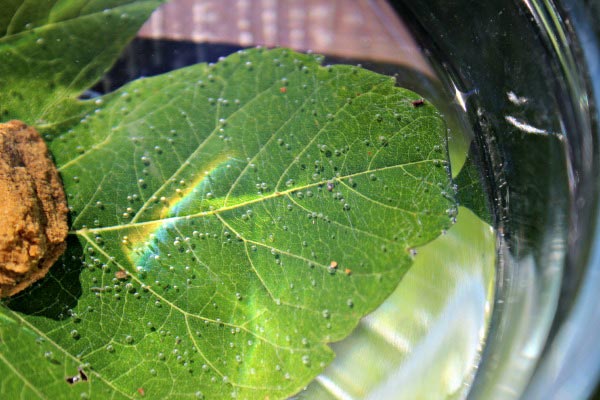
MFL – Excellente Español!
We are all missing our Spanish lessons with Señora Linfoot. Poppy’s mummy has very kindly shared this attachment with us. Please enjoy <<La Oruga Muy Hambrienta>> or as we say in English – The Very Hungry Caterpillar. I wonder if you can also apply your Makaton sign language skills?
Terrific Tuesday
7th July 2020
Funky Phonics
Alternative Sounds!
This week’s sounds: ow, ie, ea, er
Tricky words this week: water, where, who, again, thought, through, work, mouse
Practise sorting words into the correct /ea/ and /er/sound on Cheeky Chimps.
Word examples: sea, meat, treat, steam, repeat, head, deaf, bread, feather, instead.
Word examples: letter, hammer, ladder, feather, boxer, herbs, stern, jerk, germ, her.
(N.B. This one is often accent dependent. Miss White says them all the same way!)
Lovely Literacy
Islands of Personality…
We would like you to watch the below clip of Riley’s Islands of Personality. What islands would you have in your memory? Which would you like your next teacher to know about? Think about what is most important to you. Then design your front cover showing off each of these islands. Remember to create an image of yourself on the face outline too! Please ensure it is colourful enough to make your teachers want to read it!
If you use our booklet below, you might like to print double sided (or stick the two together!) We will fill in a section of the booklet each day. If you are coming to school part way through the week, you can bring it with you!
Magical Maths
Video: Partitioning Numbers
Super STEM
Design and Technology
Calling all super heroes! We need your help to look after even more of Gosforth’s creatures!
You have done a super job of designing and creating homes for the minibeasts that like to visit your garden. I wonder if you could now look after the birds too?
Can you remember how to identify a bird? How are they different to insects, mammals, reptiles, amphibians and fish? Think about what their bodies are covered in, number of legs, whether their blood is warm or cold, etc.
How to Make a Homemade Bird Feeder 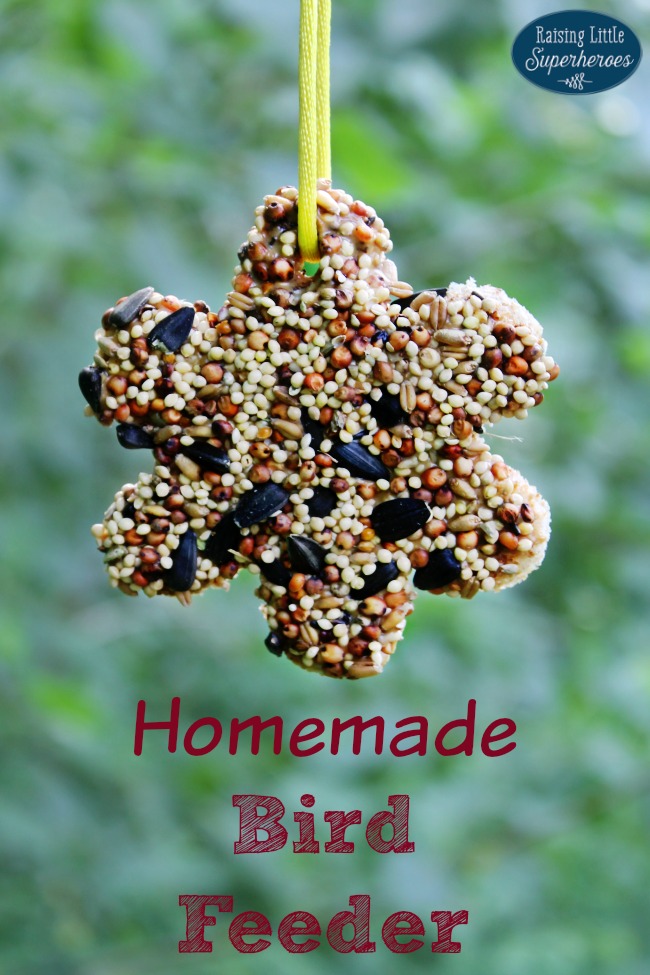
You may need:
Slice of bread
Cookie Cutter
Straw
Peanut Butter
Plastic Knife or Spoon
Plate
Safe food for birds (seeds/nuts)
String
Method:
1. Toast the bread in a toaster.
2. Use a cookie cutter to cut a shape out of the bread. We used a flower shaped cookie cutter, but you can use any shape.
3. Use a straw to poke a hole in the top of the bread for the string.
4. Spread the peanut butter across the entire piece of bread.
5.Spread the bird seed on a plate and shake the plate from side to side so it is entirely covered with bird seed.
6. Gently press the bread with the peanut butter side facing down onto the bird seed.
7. Let the peanut butter and bird seed harden.
8. Put a string or piece of yarn through the hole and tie a knot at the end in order to hand it from a tree.
9. Hang the bird feeder from a tree and enjoy bird watching!
MFL – Excellente Español!
Why not try out this numbers lesson on BBC Bitesize and prepare to amaze Senora Linfoot when you see her again!
You might also like to practise one of our favourite Spanish songs!
Colores y Números
Wonderful Wednesday
8th July 2020
Funky Phonics
Revisit!
Practise all the Phase 3 and Phase 5 sounds using Phonics Play.
Can you practise your spelling on Space Race?
Practise your tricky words for the week:
water, where, who, again, thought, through, work, mouse
Can you read and write them? Why not practise all on Tricky Word Trucks?
You might like to revisit DJ Cow or join Mr Mc on Youtube for a game of Blankety Blank!
Lovely Literacy
Today, we would like you to illustrate and record your first island into your booklet. I wonder what it will be! Gymnastics Island? Family Island? Try to record three sentences in your neatest handwriting. Can you use the words ‘and’ and ‘because’?
Magical Maths
Video: Comparing Numbers
Terrific Topic
So, Year 1! Now that you have been doing lots of research about minibeasts, where they are found and what they need/like… Where should we put our bug hotel? Have a look at this aerial image of the school grounds and see if you can find the perfect spot! Will it be the yard? The car park? A grassy area? Forest School? The choice is yours, but you will need to give me as many reasons a possible to convince me!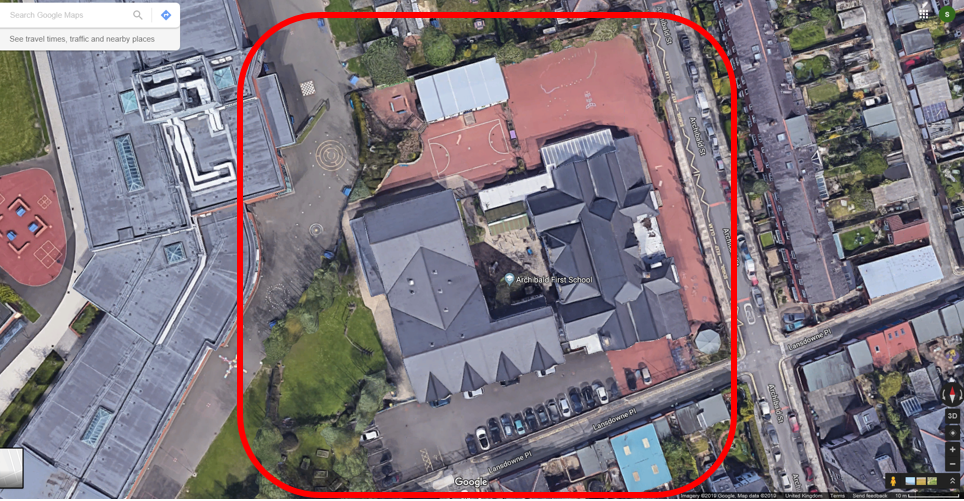
PSHE
We would like you to share the story, ‘Ada Twist, Scientist’ which is about a girl who is a budding scientist! She shows great perseverance. I wonder if any of you will be a scientist in the future?
Now that you are beginning to think about becoming a Year 2, we’d like you to think about your achievements in Year 1 and future aspirations.
What has made you proud of yourself this year?
What would you like to continue to practise?
Attached is an ‘I can…!’ sheet. Feel free to fill this in about how wonderful you are, or you might prefer to draw or chat. These ‘can’ statements may be related to school or things outside of school like swimming, helping at home or gymnastics.
Thinking Thursday
9th July 2020
Lovely Literacy
Today, please illustrate and record your second island into your booklet. I wonder what it will be today? Try to record three sentences in your neatest handwriting. Can you use the words ‘and’ and ‘because’?
Magical Maths
Video: Comparing Numbers (2)
Terrific Topic
Art – Sunset Photography
Look at this photograph of children playing in the garden/park with their kites. Can you see the children? Why/Why not?
We call this a silhouette. Your challenge this week is to create your own sunset image with silhouettes. You can use any medium you like. To create this style of art you will need to follow the folowing instructions!
1. Create a background using your chosen medium.
You might choose paint, pastel, pencil, etc. Try to blend the colours so that they really look like the sky. Deep blues blend to purples, which blend to the yellows, oranges and reds of the sun. You might like to use your colour mixing skills to create your own colours. Remember to add your bright sun towards the bottom of your sunset.
2. Create your silhouette.
You could use black paper or another colour of paper, but coloured in. Cut out shapes you might need: grass, hills, children, swings, a house, a fence – the choice is yours! Think about the scale/size of what you create.
3. Stick the silhouette to your sunset.
Choose your positions carefully!
Fabulous FriYAY
10th July 2020
Lovely Literacy
Today, we would like you to illustrate and record your final island into your booklet. Try to record three sentences in your neatest handwriting. Can you use the words ‘and’ and ‘because’? I can’t wait to read all about your islands of personality!
Magical Maths
Family Challenge Friday!
Challenges 1 and 2 are aimed at Year 1 and 2 children.
Terrific Topic
In the Garden Games!
I wonder if you could create your own garden game! Perhaps you could use painted rocks as counters and twigs to outline areas? Here is an example of Noughts and Crosses! What could you create? Then you will be able to have fun all summer long!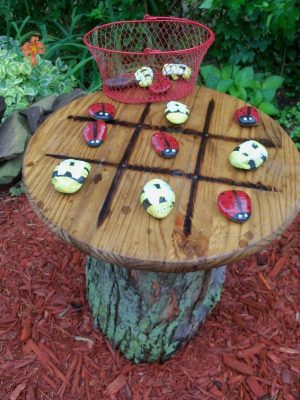
Let’s Get Physical!
We hope you all enjoyed Sports Day last week. This week, we’d like to get back to cricket and practise some throwing! Have a look at the challenge here.
PSHE
We hope you enjoyed sharing Ada Twist, Scientist and discussing your amazing achievements.
You will also have thought about something you’d like to achieve next which is great! When Miss White was your age, she decided she wanted to become a teacher. It wasn’t something she could do straight away but she persevered and at the grand old age of 22 achieved her goal! Do you have a job that you would like to do?
Draw a picture or dress up as what you might like to be when you grow up. Do you know anyone who already does this job? We already can’t wait to see the pictures!
Also, you might not know what you want to be – and that’s more than ok! Lots of people change their minds too; this is also ok.
Magnificent Makaton
N.B Parents – Children who have been attending school have made this video. I know some find it disappointing that we aren’t all together, so you can choose to share this or not. We miss being together, too!
This week, some of the children have signed fruits. This was because of all the lovely things growing in our gardens and allotments, and after looking at The Hungry Caterpillar. How many can you sign?
Just Because!
As we come to the end of our school year, we would like to give you the opportunity to complete anything that you may have missed out on so far!
Have you painted a rock for our School Rocks garden? Why not create a minibeast inspired rock to remember our last half term in Year 1? 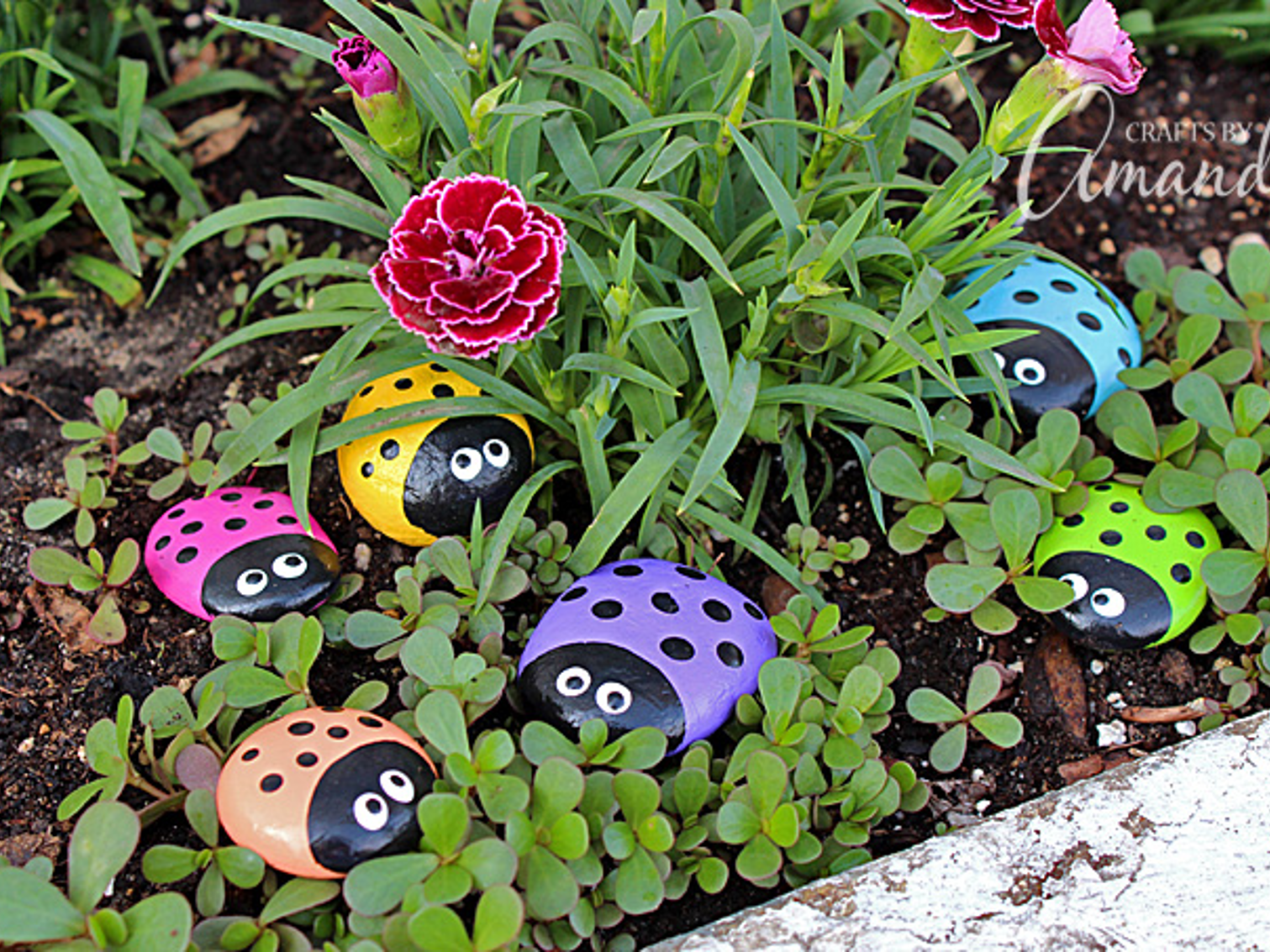
Another arty element you may wish to catch up on is our Red Admiral Project that you will have received a letter about. 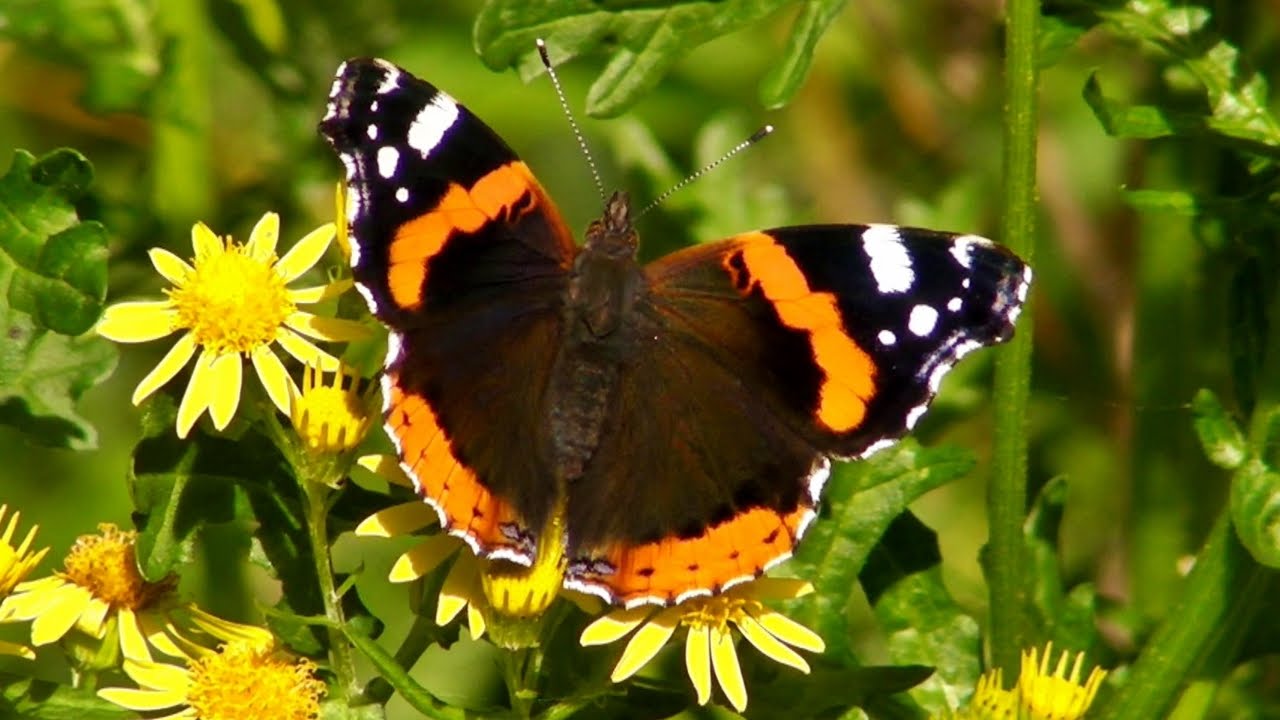
White Rose Maths
Up to date resources can be found below for those of you that are working in line with their website.
Lesson 1: Find a Half
Lesson 2: Find a Half
Lesson 3: Find a Quarter
Lesson 4: Find a Quarter
If you have already covered this content, please download the alternatives instead.
Handwriting
Below you will find the final joins to practice. I must say, I have been so impressed with the handwriting some of you have been sending to us! It is so impressive to see you joining clusters; some of you are even joining whole words – wow!
For the earlier stages of handwriting, why not look at Sky Writer to perfect your letter formation? Can you identify curly caterpillar letters, ladder letters, one armed robots and zig-zag monsters?
Finally…
We hope you have a wonderful week completing these final In the Garden tasks. Keep up all the super work! We can’t wait to see your smiley faces and to chat to you next week about everything you have been up to.
Keep sharing your wonderful work and kind acts online; it really brings big smiles to our faces!
Love Miss White, Mr Bourke, Mrs Corrigan, Mrs Conway and Mr Holman x

